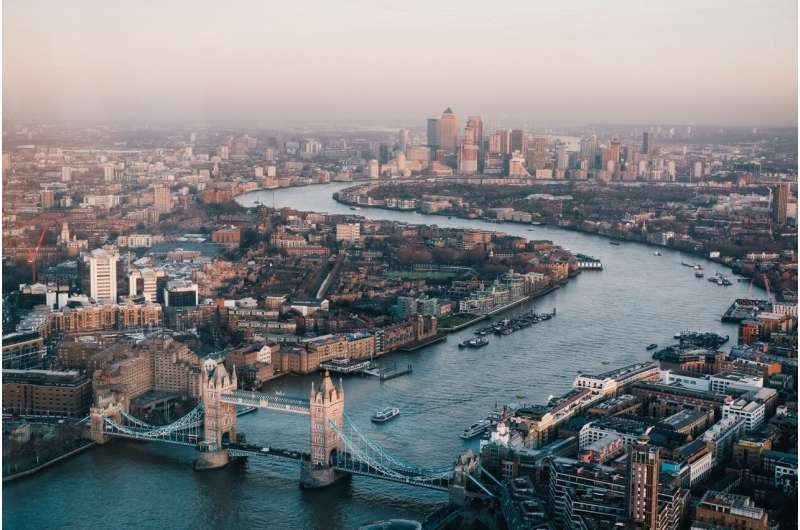Research from the **University of Reading** reveals that while air quality across the **United Kingdom** has seen significant improvements from **2015 to 2024**, key pollution targets are still frequently exceeded. The study, published in the journal **Environmental Science: Atmospheres**, examined data from over 500 monitoring sites throughout the country.
The findings indicate that two major pollutants, **nitrogen dioxide (NO2)** and fine particulate matter known as **PM2.5**, have experienced considerable reductions. Specifically, NO2 levels, primarily generated by traffic, fell by an average of **35%**, while PM2.5 concentrations, which can penetrate deep into the lungs, decreased by **30%**. Despite these positive trends, instances of pollution surpassing safety limits remain common.
On average, the number of days per year where NO2 levels exceeded World Health Organization (WHO) guidelines dropped from **136 to 40 days**. Similarly, PM2.5 exceedances decreased from **60 to 22 days**. Nonetheless, a troubling trend emerged with surface ozone (O3), which saw an increase of **17%** over the same period. The frequency of days when O3 levels surpassed targets doubled, rising from **7 to 14 days** annually.
Challenges in Air Quality Improvement
Dr. **James Weber**, the lead author of the study, emphasized the progress made but acknowledged the challenges that remain. “The UK has made progress on air quality, but there is still a long way to go,” he noted. “Pollution from traffic is getting better, but we need both local action and international cooperation to improve all types of air pollution. The fact that O3 is getting worse while other pollution improves shows we need to think carefully about how we tackle this problem and not focus on pollutants in isolation.”
The research highlights that different types of pollution stem from various sources. NO2 pollution is primarily linked to local traffic, while PM2.5 often travels from other regions within the UK and even continental Europe. Ozone pollution is influenced by both local and distant factors, adding complexity to the issue.
Effective solutions require tailored strategies. For instance, cleaner vehicles can significantly reduce NO2 emissions from traffic, whereas addressing PM2.5 pollution necessitates concerted national and international efforts due to its cross-border nature. Tackling O3 presents a unique challenge, as its formation is influenced by the interplay of specific gases, sunlight, and temperature. As NO2 levels decrease, O3 concentrations are likely to rise in urban areas unless simultaneous actions are taken to reduce the volatile organic compounds (VOCs) that contribute to its formation.
The study underscores the necessity for multi-pollutant policies that encompass various sectors and geographical boundaries. Without such comprehensive approaches, achieving sustained improvements in air quality remains an elusive goal.
For more information on this important research, refer to the article published in **Environmental Science: Atmospheres** (2025). The study’s DOI is **10.1039/d5ea00055f**.





























































